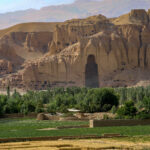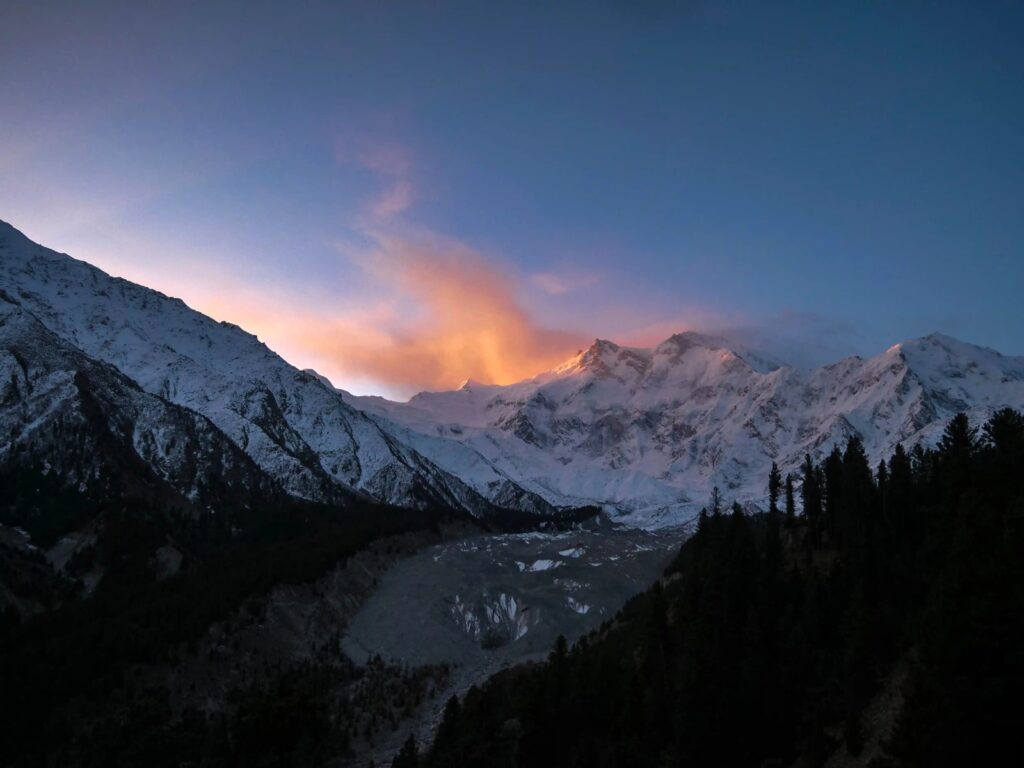
Your complete guide to Nanga Parbat, Fairy Meadows, Base Camp Trek & the Himalayas — curated for adventure travelers.
Why Nanga Parbat Is a Dream Destination
Nanga Parbat rises to 8,126 meters (26,660 ft), making it Pakistan’s second-highest peak and the ninth-highest in the world. Its majestic presence dominates the western Himalayan skyline, drawing adventurers from all corners of the globe.
Beyond the statistics, Nanga Parbat offers breathtaking landscapes. Alpine meadows, glaciers, and rocky cliffs make it a paradise for trekkers, photographers, and nature lovers. The contrast of snow-covered peaks against lush green valleys creates an unforgettable visual spectacle.
Nearby Fairy Meadows provides a magical view of the mountain, particularly at sunrise and sunset. Travelers often describe it as a surreal Himalayan experience, where the serenity of nature combines with the thrill of adventure. For anyone searching for a blend of beauty and adventure, Nanga Parbat is truly unmatched.
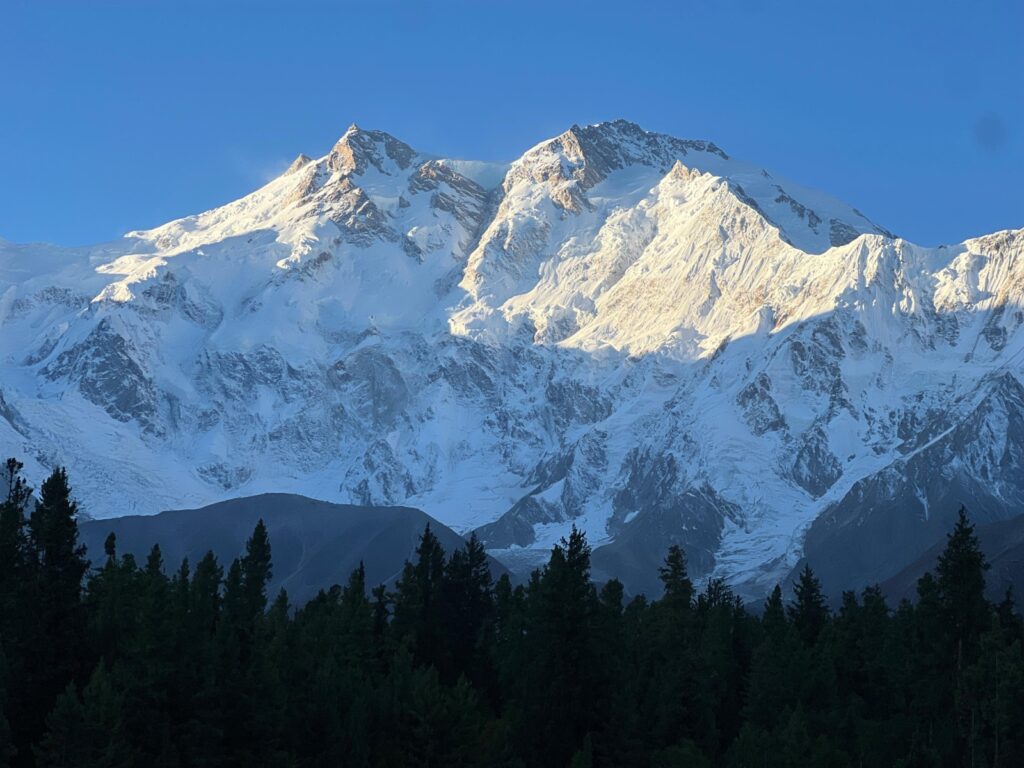
Nanga Parbat Location & Map
Nanga Parbat is located in Gilgit-Baltistan, Pakistan, in the western Himalayas, near the Diamir district, just off the Karakoram Highway. Its strategic location allows travelers to enjoy breathtaking views without technical climbing, making it accessible to both adventurers and casual travelers.
Quick Facts:
- Where is Nanga Parbat located? → Gilgit-Baltistan
- Which mountain range is Nanga Parbat part of? → Himalayas
- Best viewing spots → Fairy Meadows, surrounding valleys
Whether you are trekking, camping, or photographing, the mountain’s location provides unparalleled access to some of the most scenic Himalayan landscapes.
Nanga Parbat Height, Range & Geological Facts

Nanga Parbat Height: 8,126 meters / 26,660 ft
- 2nd highest in Pakistan
- 9th highest globally
Mountain Range:
- Highest peak of the Himalayas in Pakistan
- Separated from the Karakoram by the Indus River
Additional Facts:
- Parbat = Mountain
- Nanga = Naked
- Largest prominence in Pakistan → Nanga Parbat
These facts are crucial for travelers searching for the highest mountains in Pakistan, Nanga Parbat trekking, and Himalayan travel guides.
Nanga Parbat History: Hermann – First Climber to Conquer Nanga Parbat (1953)

The first successful ascent of Nanga Parbat was achieved by Hermann Buhl, an Austrian mountaineer, on July 3, 1953. This historic climb marked a milestone in high-altitude mountaineering.
- Solo Final Push: Buhl completed the final part of the climb solo, an extraordinary feat at the time, demonstrating exceptional courage and skill.
- Rupal Face Route: He climbed via the Rupal Face, known as one of the steepest and most dangerous faces of the mountain, which challenged even the most experienced climbers.
- Mountaineering Legacy: This ascent made Hermann Buhl legendary in mountaineering history, as it was the first time anyone had ever reached the summit of Nanga Parbat.
Hermann Buhl’s accomplishment continues to inspire climbers and adventurers worldwide. His climb is not just a record; it represents the spirit of human endurance and the allure of Nanga Parbat’s majestic peaks.
Ali Sadpara – Legendary Winter Climb of Nanga Parbat

Ali Sadpara, a renowned Pakistani mountaineer, made history as one of the first Pakistani climbers to summit Nanga Parbat in winter, a feat considered one of the most challenging in high-altitude mountaineering.
- Winter conditions: Climbing Nanga Parbat in winter is extremely dangerous due to temperatures dropping below -40°C, heavy snowfall, and high avalanche risk. The ultra-steep Rupal and Diamir faces become even more treacherous.
- Historic ascent: In February 2016, Ali Sadpara, along with climbers Simone Moro (Italy) and Alex Txikon (Spain), achieved the first successful winter ascent of Nanga Parbat.
- Legacy: This climb cemented Ali Sadpara’s reputation as one of the world’s elite high-altitude climbers, inspiring Pakistani and international mountaineers alike.
Significance for travelers: For trekkers and adventure enthusiasts, learning about Ali Sadpara’s courage adds inspiration and cultural depth to the Nanga Parbat experience. His story highlights the mountain’s challenges and the bravery required to explore it safely.
Why Nanga Parbat Is Called the Killer Mountain
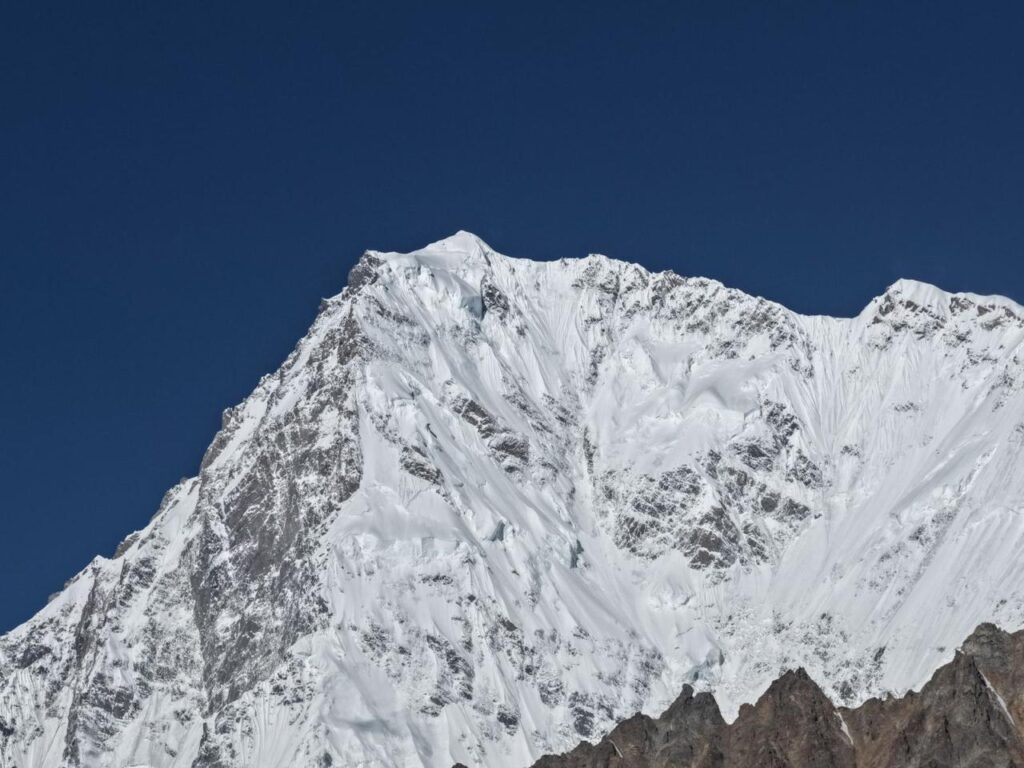
Historically, Nanga Parbat earned the nickname “Killer Mountain” because climbing it has always been extremely challenging:
- Sudden storms: The weather can change within minutes, requiring travelers to stay prepared with proper gear and guidance.
- Massive avalanches: Steep slopes are prone to avalanches, adding to the mountain’s legendary reputation.
- Ultra-steep faces: The Rupal and Diamir faces are among the steepest in the world, testing even the most experienced mountaineers.
- Extreme cold: Temperatures can drop drastically, demanding warm clothing and proper equipment.
- Sudden deaths: Over the years, several climbers have tragically lost their lives due to harsh conditions, avalanches, or altitude-related illnesses, which contributed to the mountain’s fearful nickname.
However, today guided tourist routes make exploration much safer. Saiyah Travels has helped countless travelers enjoy an incredible and safe tour, providing expert guides, proper gear, and a memorable Himalayan experience. Learning about Nanga Parbat’s history adds to its mystique and adventure appeal without causing unnecessary fear.
Fairy Meadows – Nanga Parbat’s Magical Alpine Escape
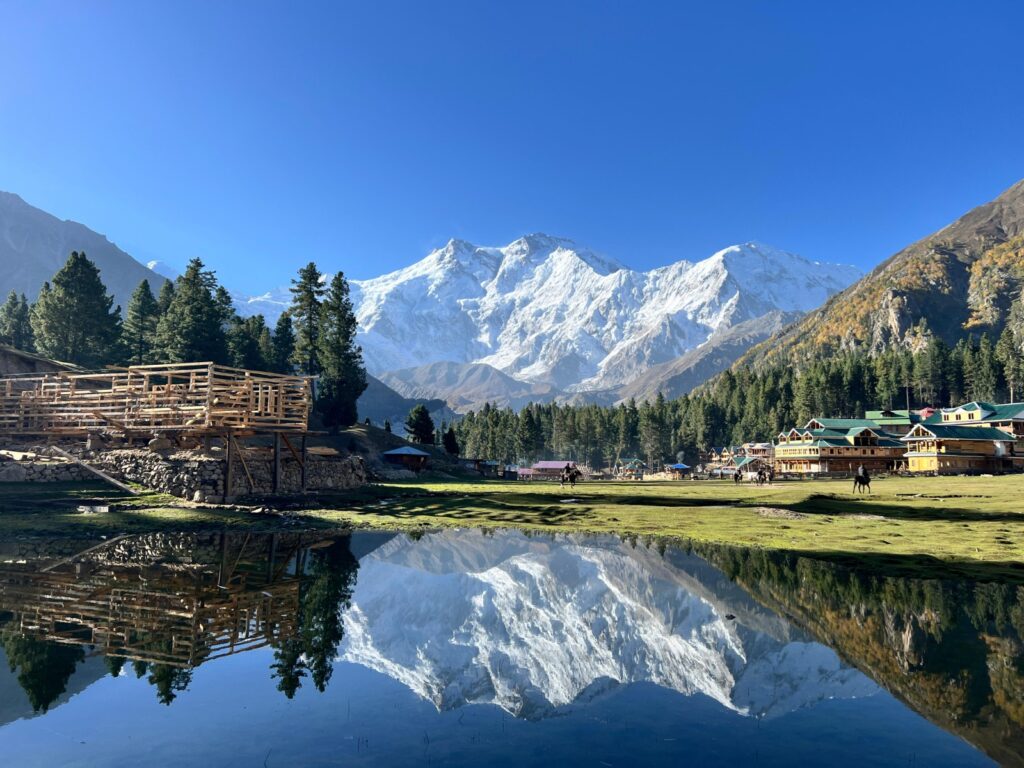
Fairy Meadows, at 3,300 meters, offers panoramic views of Nanga Parbat’s Diamir Face.
- Lush green pastures: Rolling meadows stretch as far as the eye can see, perfect for photography, picnics, or relaxation.
- Towering pine forests: Dense pine forests surround the meadows, providing shade, fresh air, and serene walking trails.
- Spectacular sunrise and sunset: Golden sunlight on the peak creates magical reflections on the meadows below.
- Ideal for families, couples, and photography enthusiasts: Accessible trails make it perfect for beginners and casual travelers.
Visiting early morning or late evening gives the most dramatic views of the mountain against the colorful skies. The serenity and natural beauty make it one of Pakistan’s top trekking destinations.
How to Reach Nanga Parbat & Fairy Meadows (Step-by-Step Guide)
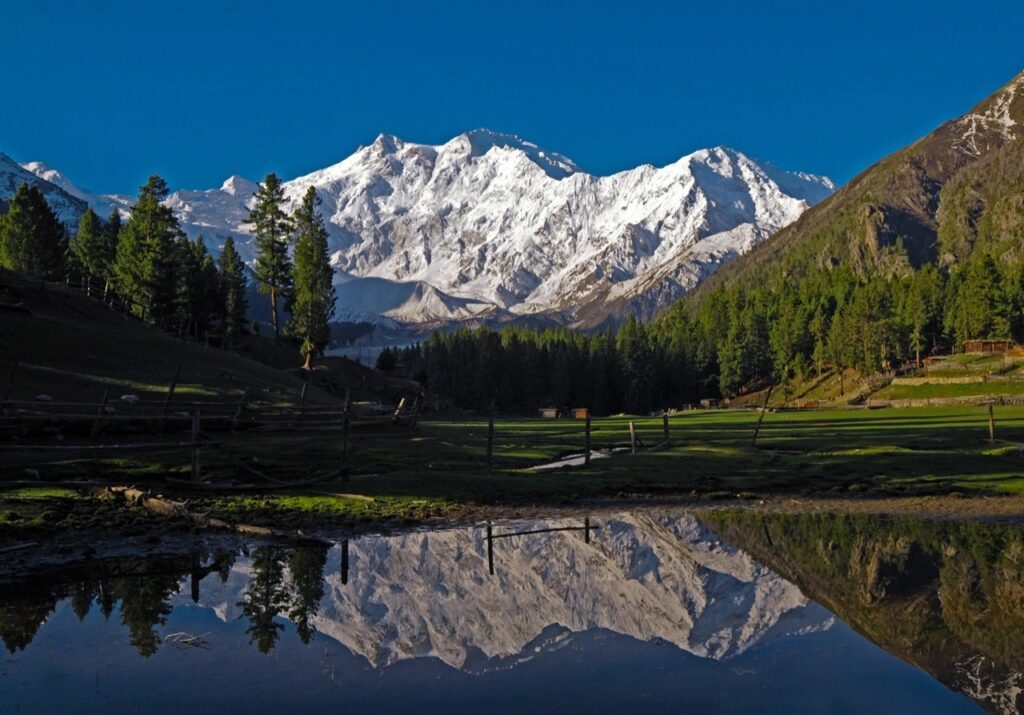
Step 1: Raikot Bridge
The main entry point via the Karakoram Highway, offering scenic views of the Indus River and surrounding mountains.
Step 2: Jeep to Tattu Village
A thrilling ride along winding mountain roads. The journey is scenic yet adventurous, perfect for travelers seeking a touch of excitement.
Step 3: Trek to Fairy Meadows
A 2.5 – 3.5 hour trek through forested trails. The path is moderate, suitable for beginners but adventurous enough for experienced trekkers.
Step 4: Explore & Camp
Overnight stays are available with meals and guides. Camping under the stars in the Himalayan wilderness is a once-in-a-lifetime experience.
Safety tip: Proper planning ensures both safety and fun, even for first-time trekkers. Saiyah Travels
provides guides, porters, and gear to make the journey smooth and safe.
Nanga Parbat Base Camp Trek – Route, Difficulty & Tips
The Base Camp trek, ranging from 3,900 – 4,000 meters, is moderately challenging yet rewarding.
Route: Fairy Meadows → Beyal Camp → Base Camp
Difficulty: Moderate; ideal for beginners with guides. Experienced trekkers enjoy panoramic Himalayan views throughout the trek.
Tips:
- Start early to maximize daylight and views
- Carry warm layers and enough water
- Follow experienced guides for safety
Saiyah Travels ensures trained guides, porters, refreshments, and full safety support, making this trek suitable even for first-time high-altitude adventurers.
Nanga Parbat Rupal Face & Diamir Face – Legendary Mountain Walls
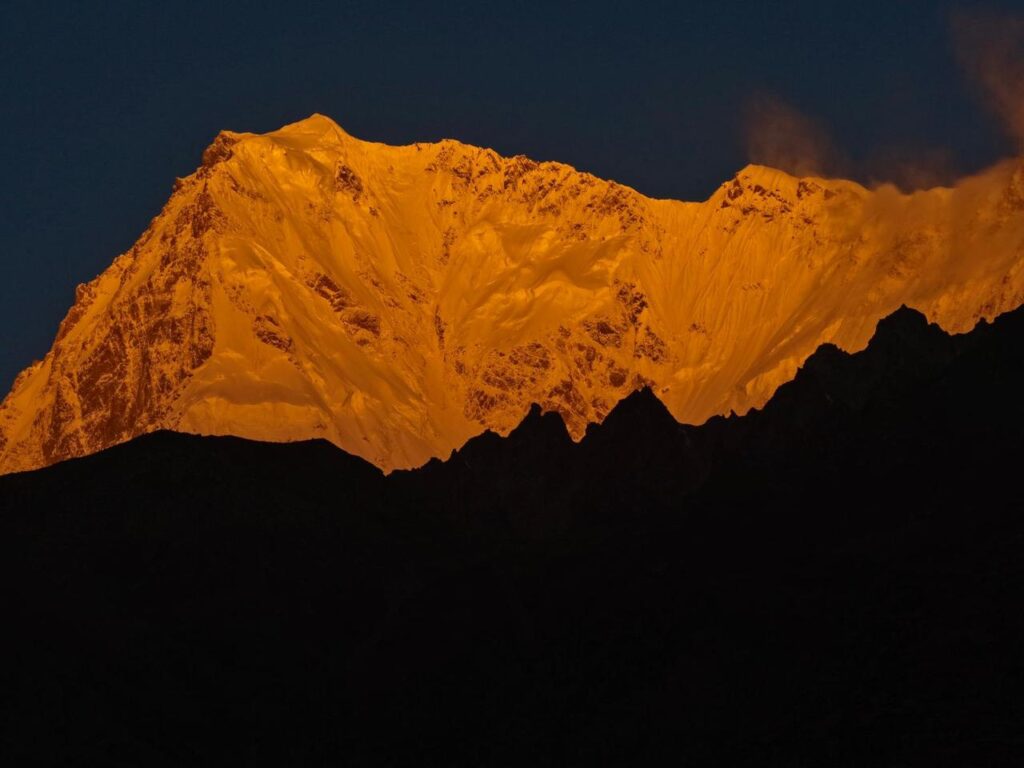
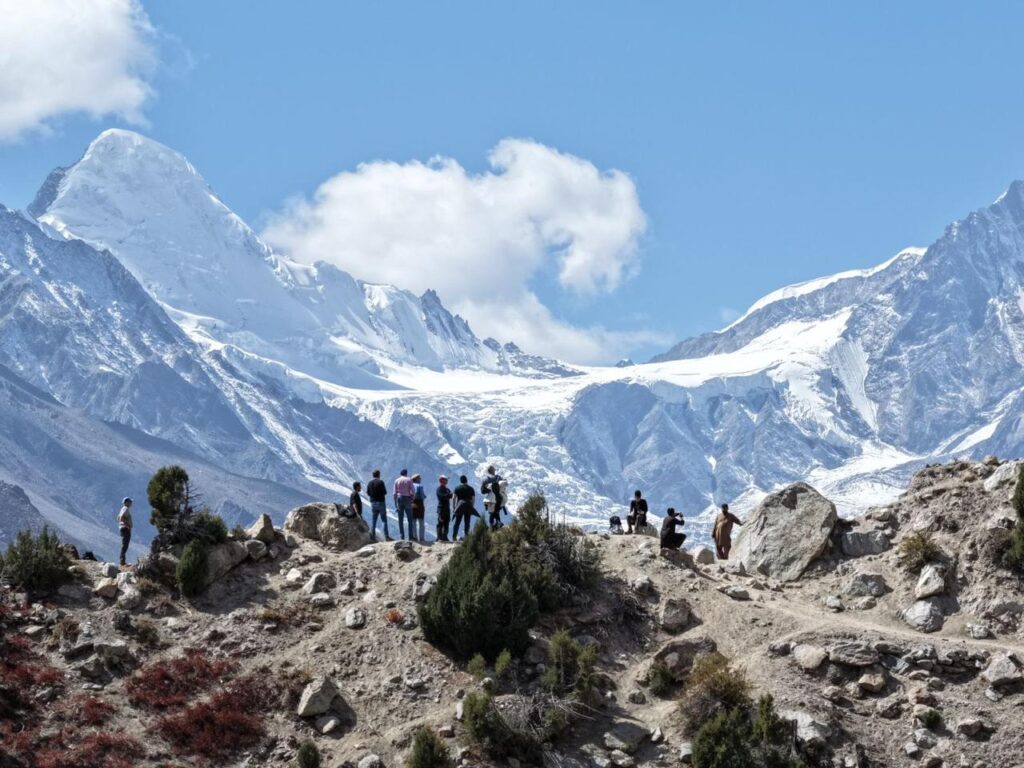
Rupal Face
Known as the highest mountain face in the world, the Rupal Face rises over 4,600 meters from base to summit, making it a favorite for photographers and extreme adventure enthusiasts. The face is incredibly steep and dramatic, offering breathtaking views of glaciers, cliffs, and alpine terrain.
- Herrligkoffer Base Camp: Located at the foot of the Rupal Face, Herrligkoffer Base Camp serves as a crucial starting point for climbers attempting this challenging ascent. It is also a popular spot for trekkers and photographers to witness the majesty of Nanga Parbat safely.
- Historical ascent: The Rupal Face was first climbed in 1970 by the Messner brothers, Günther and Reinhold Messner. Tragically, Günther Messner died during the expedition, highlighting the extreme dangers associated with this legendary mountain face.
- Nearby Tarishing Village: This small village in the Diamir Valley provides a cultural glimpse into the local lifestyle and serves as a gateway for many trekking routes toward the Rupal and Diamir faces. Visitors can experience traditional Balti culture and hospitality before beginning their trek.
Diamir Face
The Diamir Face offers slightly easier terrain, making it more suitable for guided trekking tours while still providing dramatic alpine scenery. Trekkers and adventurers can enjoy breathtaking sunrise and sunset views of the mountain, with golden sunlight reflecting off glaciers and snow-covered slopes.
Exploring both the Rupal and Diamir faces gives travelers a chance to experience the raw power, history, and beauty of Nanga Parbat, from extreme mountaineering challenges to accessible trekking routes. Whether you are seeking adventure, photography, or cultural immersion in villages like Tarishing, these legendary faces are central to the Nanga Parbat experience.
Nanga Parbat Weather – Seasonal Guide
- Summer (June–August): 5°C to 15°C – Ideal for trekking and photography.
- Autumn (September–October): -5°C to 10°C – Clear skies, chilly nights, perfect for camping.
- Winter (November–April): Extremely cold; Base Camp inaccessible. Fairy Meadows stays slightly warmer, but trekking is not recommended.
The optimal visit period is June to September, ensuring safe and enjoyable conditions.
Best Time to Visit Nanga Parbat & Fairy Meadows
For the best trekking experience, visit during summer months (June–September). The weather is mild, trails are accessible, and the landscape is vibrant. Autumn is also great for photographers seeking clear skies and golden light.
Where to Stay Near Nanga Parbat – Accommodation Guide
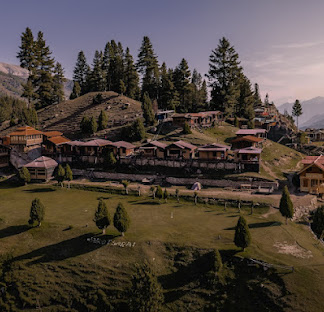
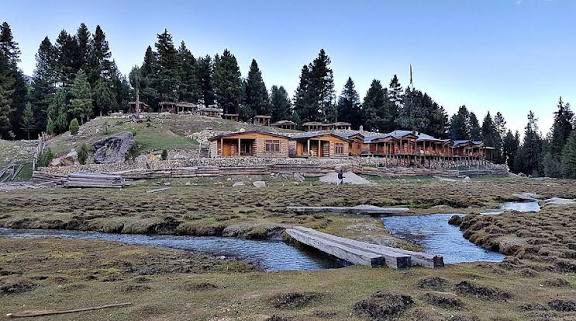
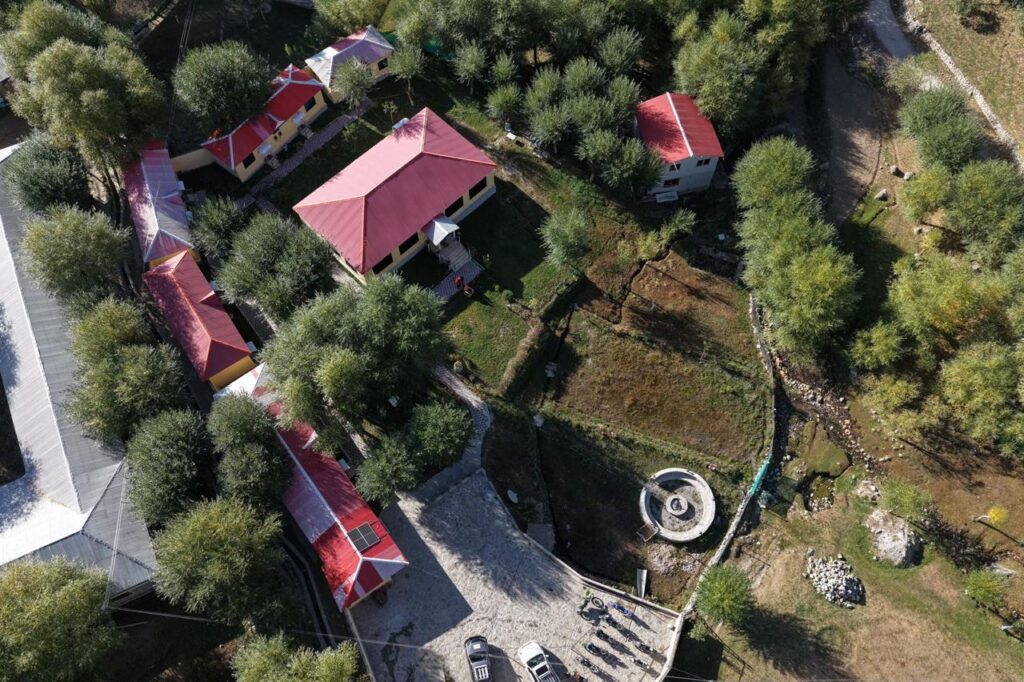
Exploring Nanga Parbat requires planning not just for trekking but also for comfortable and safe accommodation options. Depending on your itinerary, travelers can choose from guesthouses, cottages, and tented camps.
1. Fairy Meadows Cottage
- Location: 3,300 meters, in the heart of Fairy Meadows.
- Accommodation options: Cozy wooden cottages with basic amenities and stunning views of Nanga Parbat’s Diamir Face.
- Highlights: Sunrise and sunset photography, lush green meadows, peaceful environment.
- Best for: Families, couples, and photography enthusiasts.
2. Raikot Sarai
- Location: Fairy Meadows.
- Accommodation options: Family-run guesthouse offering authentic Balti meals and cultural experiences.
- Highlights: Preparation base for Rupal and Diamir Face treks, local hospitality.
- Best for: Travelers who want a cultural experience and easy access to trekking routes.
3. Rupal Resort
- Location: Tarishing village
- Accommodation options: Standard rooms with basic facilities.
- Highlights: Direct access to the Rupal Face, panoramic mountain views.
- Best for: Serious mountaineers and professional photographers.
Travel Tip: For a complete experience, stay at Fairy Meadows Cottage in Fairy Meadows or Rupal Resort in Tarishing for views of Rupal face.
Packing Essentials for Nanga Parbat Trek
- Warm layers and jackets – Even in summer, temperatures can drop at night
- Hiking boots & trekking poles – Ensure comfort and safety on rugged trails
- Water bottles & snacks – Hydration and energy for long treks
- Camera & smartphone – Capture breathtaking landscapes
- Sunscreen & sunglasses – Protection against strong Himalayan sunlight
Saiyah Travels provides most trekking gear and camping essentials, making packing easier for travelers.
Top Photography Spots at Nanga Parbat
- Fairy Meadows sunrise & sunset points
- Beyal Camp viewpoints
- Base Camp panoramic spots
- Rupal Face dramatic walls
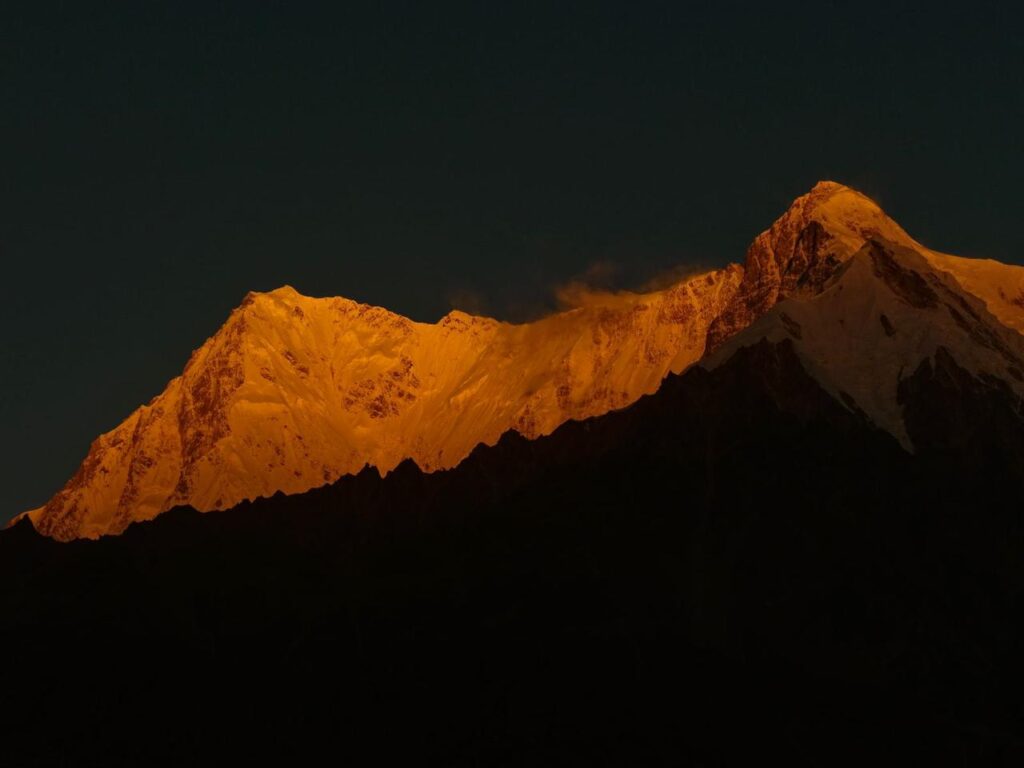

Each spot offers unique angles, ideal for adventure photography, Instagram, or professional shoots.
Adventure Activities at Fairy Meadows
- Camping under the stars – Experience the Himalayan sky at night
- Hiking & trekking trails – Easy to moderate trails for all skill levels
- Photography & birdwatching – Capture rare Himalayan birds and landscapes
- Picnicking & relaxing – Ideal for couples and families seeking serenity
Why Choose Saiyah Travels – Pakistan’s No.1 Tour Company
Exploring Nanga Parbat requires expertise, planning, and safety. Saiyah Travels provides:
✔ Expert mountain guides.
✔ Safe jeep transport to Tattu Village.
✔ Camping gear, meals, porters, helpers.
✔ Experienced high-altitude staff.
✔ Ideal for families, couples & beginners.
✔ Customized packages based on available days
✔ Professional planning for Fairy Meadows, Beyal Camp & Base Camp

With over a decade of experience, Saiyah Travels is trusted worldwide for safe and unforgettable Nanga Parbat adventures.
Nanga Parbat Tour Options & Customizable Packages
- 5-Day Fairy Meadows Tour
- Personalized itineraries (4–7 days)
Packages include guides, transport, camping, and meals, depending on your preferences. Saiyah Travels is known for safe and best-customized tour plans.
Final Thoughts – Plan Your Nanga Parbat Adventure
Nanga Parbat is more than a mountain; it’s an unforgettable adventure. From the serenity of Fairy Meadows to the drama of the Base Camp trek, every step is magical. With expert guides from Saiyah Travels, proper planning, and safe routes, your journey can be comfortable, safe, and truly memorable.
With Saiyah Travels, your Nanga Parbat adventure becomes professional, organized, and an experience of a lifetime.
Nanga Parbat FAQs – Travel Questions Answered
Which mountain is called Killer Mountain?
Nanga Parbat
What is the height of Nanga Parbat in feet?
26,660 ft
Where is Nanga Parbat located?
Gilgit-Baltistan, western Himalayas
Which is the highest mountain in Pakistan?
K2 (Nanga Parbat is 2nd)
Is Fairy Meadows good for beginners?
Yes, especially with Saiyah Travels’ guides
Is the Base Camp trek difficult?
Moderate — manageable with guides
What is the best month to visit Nanga Parbat?
June to September

